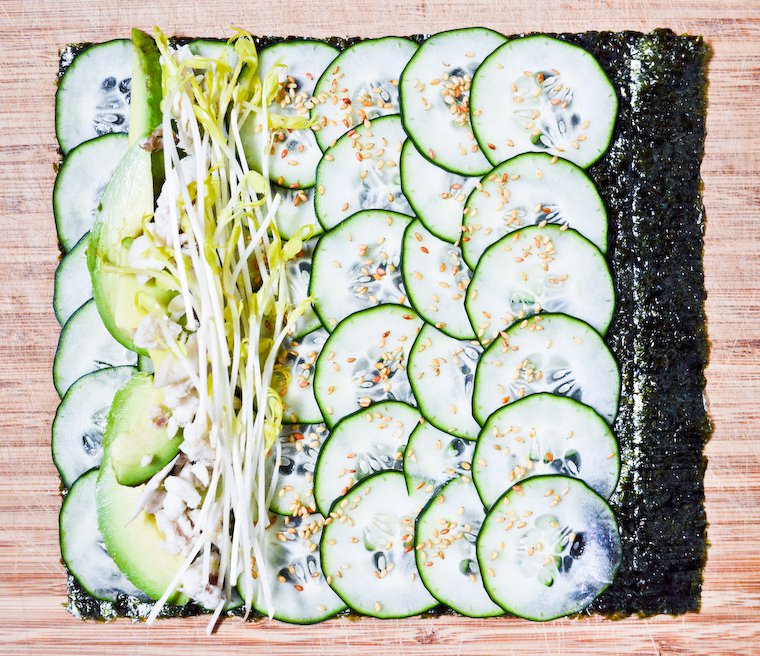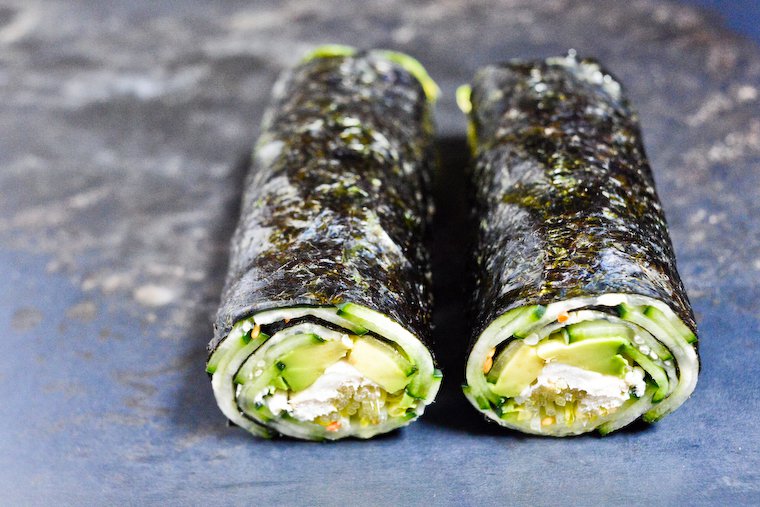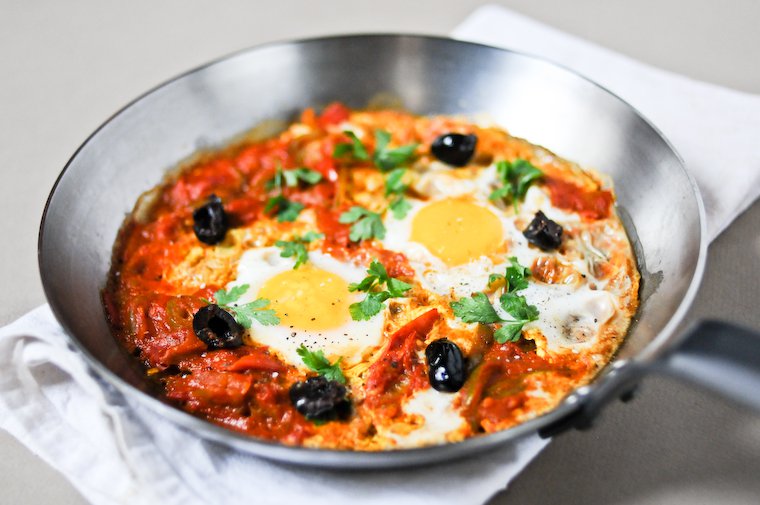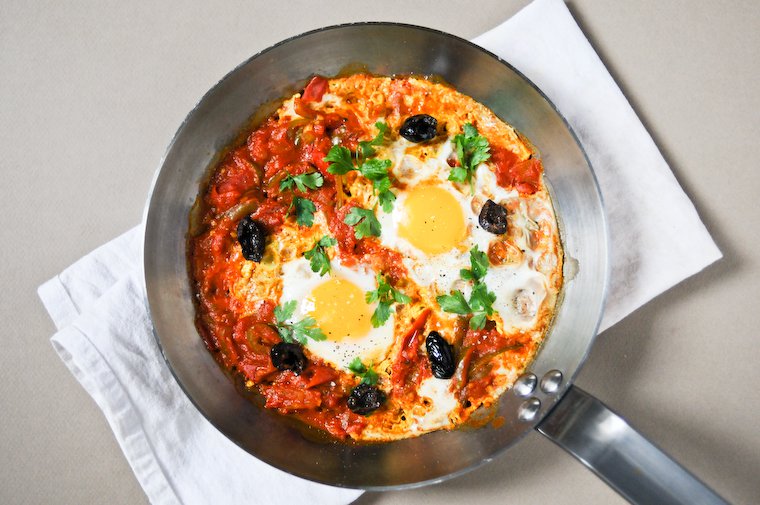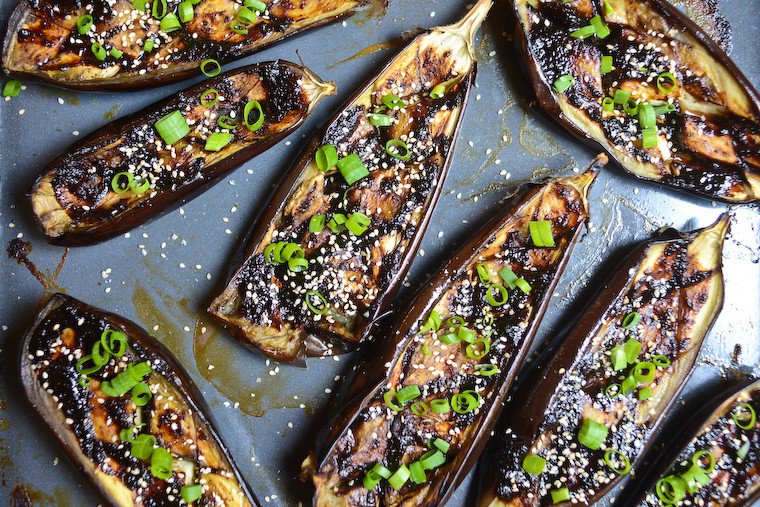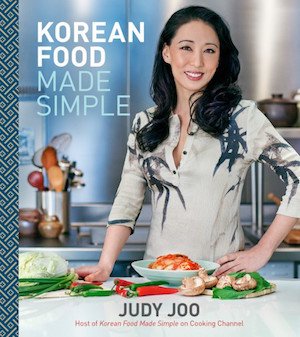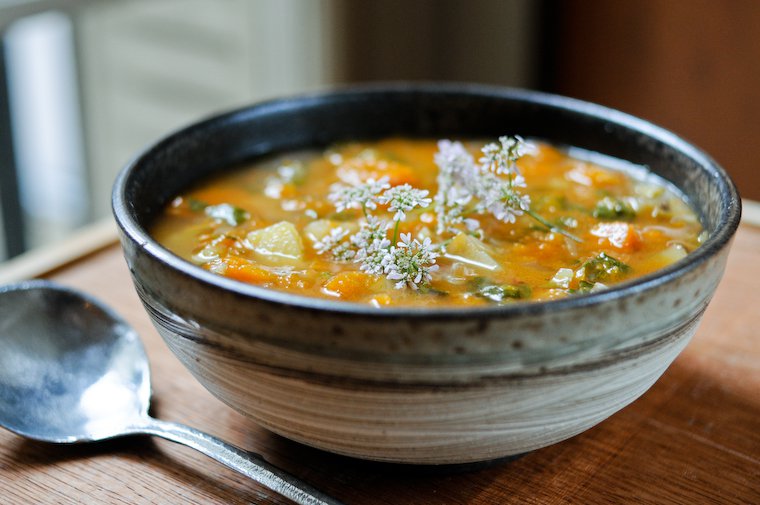It all started with this photo on Gena’s Instagram feed. Gena is the author of the excellent blog The Full Helping, and she has long extolled the virtues of the vegetable nori roll as a quickly and easily assembled snack: her site offers almost a dozen examples, including this latest version.
The process is not unlike that which leads to maki, but here you forgo the seasoned rice altogether — this saves time and effort, and also means you don’t have to plan ahead — in favor of fresh vegetables, lots of them.
I was so inspired by that latest shot that I went out and got some cucumbers and sprouts the very next day to make my own, and I have been weaving variations on that theme about twice a week since then — that’s how enthused I am.
Although Gena likes to apply a thick layer of some sort of spread — think hummus or cashew cheese — directly on the nori sheet, I start with the sliced cucumbers as I prefer my nori to stay as crisp as possible* — the drier, the crisper — and find it most pleasing to bite into the crunchy layer of cucumbers first.
My Take on Nori Roll
Having played around with various ingredients, I have now determined the foundation I like to build on (cucumber, avocado, sprouts, sesame), and will add whatever little things I have on hand — leftover chicken or fish, tofu, spread or dressing, crudités, greens, and herbs. I have a great fondness for the mango and jicama version I make as an affectionate nod to the maki served at Bob’s Kitchen.
These make for a lovely item to add to the mix when we’re composing a lunch or dinner from sundry elements (see “leftovers night” in my Menu Planning Tips & Tricks). You could offer them as finger food as well, cut into maki-style slices, and I’ve been known to fix myself a nori roll as a refreshing afternoon treat, too.
* For optimal texture, I like to eat the roll the moment it is made, but of course it’s fine to let it sit while you make the others, or if you’re packing them for lunch at the office or a picnic.
